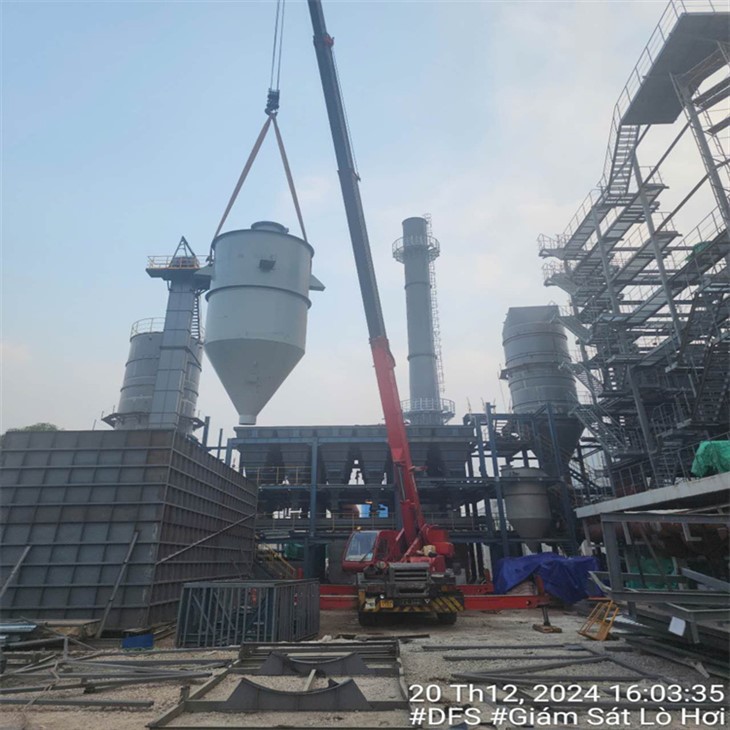A Resident Garbage Incinerator is a type of waste disposal system designed for residential areas or small communities. It is an incinerator that is used to burn household garbage and other combustible waste materials. The primary purpose of such an incinerator is to reduce the volume of waste that needs to be sent to a landfill and to recover energy from the waste through combustion.
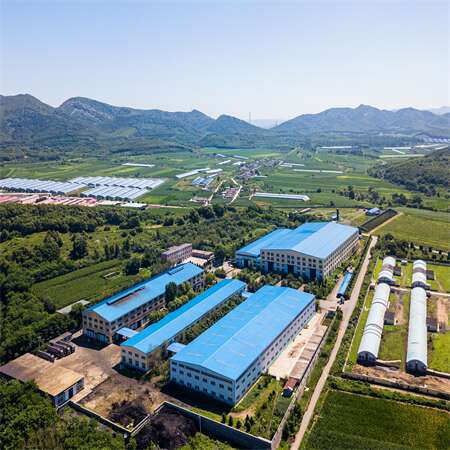
why choose Us ?
Tenor Low Carbon New Energy Technology Co., Ltd. developed a small waste incineration systems with the research team at Dalian University of Technology. WTE incineration systems include a hopper and feeding machine as well as stoker, step grates, ash hoppers, slag removal systems, transport aircraft, combustion chambers, and slag hoppers.
The size and complexity of a resident garbage incinerator can vary. They range from small, simple units found in rural or small village areas to large systems serving small towns or neighborhood within a city. Typically, they include the following:
1. Feeding mechanism: A system for loading waste into an incinerator. It can be as simple and straightforward as a manual door, or it can be more complicated.
2. Combustion Chamber (also called combustion chamber): This is the heart of the incinerator, where waste is heated to high temperatures and burned. The purpose of this chamber is to ensure that all waste is completely burned.
3. Heat Recovery System: Some of the incinerators have systems that recover heat from combustion. This heat can then be used to generate electricity or heated water.
4. Emission Control - Incineration emits particulate matter and gases as well as potentially harmful substances such dioxins or furans. Modern resident garbage incinerators use emission control technology, including filters, scrubbers and catalysts to reduce these pollutants.
5. Ash Removal: The remaining ash, as well as any incombustible residues after combustion must be removed. It may be necessary to cool the ash first before collecting it and then dispose of it at a landfill, or use it as construction material.
6. Control System: The incinerator has a control system to ensure its safe and efficient operation. It will monitor key parameters such as temperature, airflow, and emissions.
Residents Garbage Incinerators are an environmentally-friendly and space-saving alternative to landfill disposal. This is especially true in areas with limited landfill space. They also need to be managed carefully so that they don't become a source for air pollution or any other environmental problems. Their use is therefore often subject to regulations and standards.
Products Description
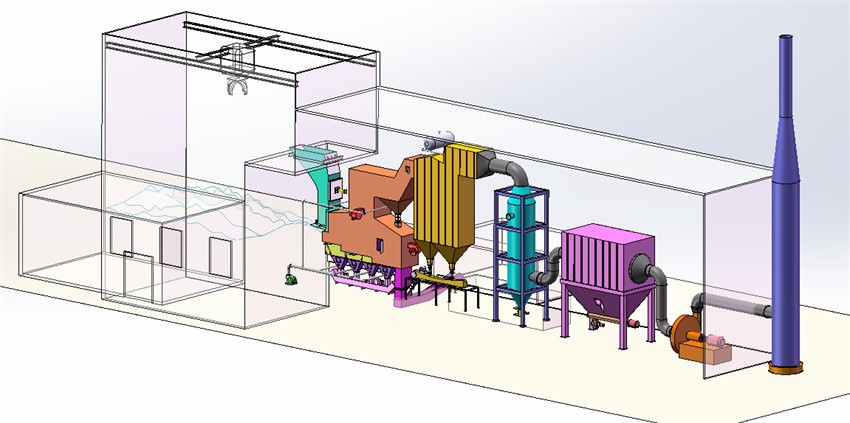
The construction and development of municipal solid waste incineration plants are of great significance to deal with urban waste disposal problems. They can not only effectively reduce the amount of garbage, but also reuse resources through power generation and other methods, and also help improve the ecological environment quality of the city. However, the construction and operation of waste incineration plants also need to take into account environmental standards to ensure the harmlessness of emissions, and take corresponding measures to reduce possible air pollution.
Products Parameters

Main equipment
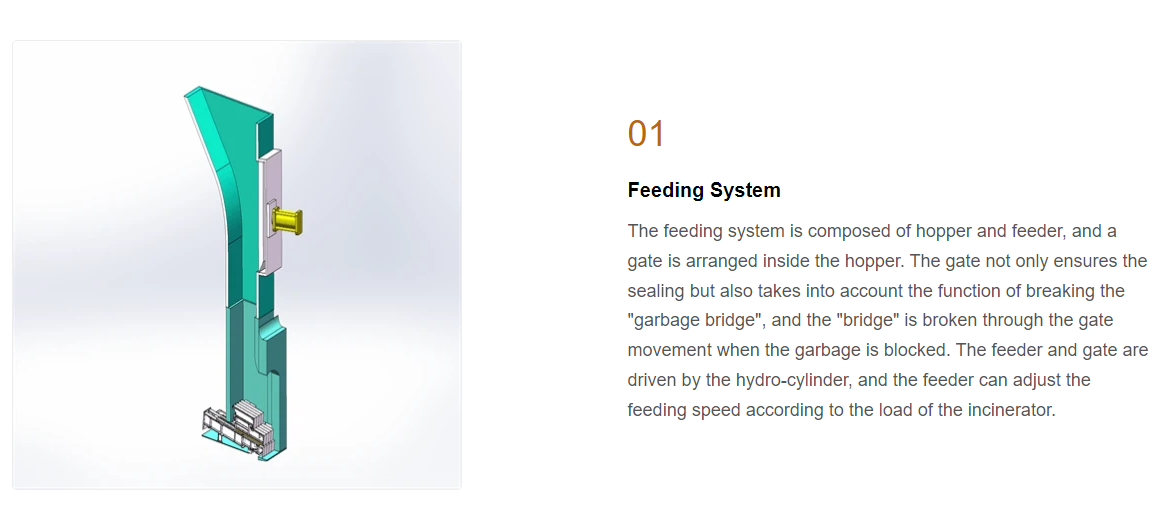
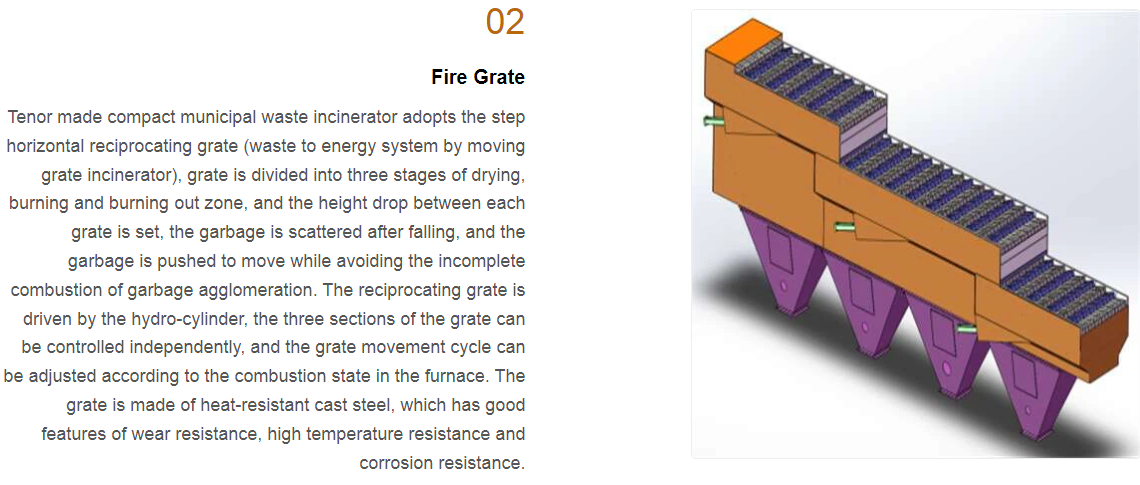
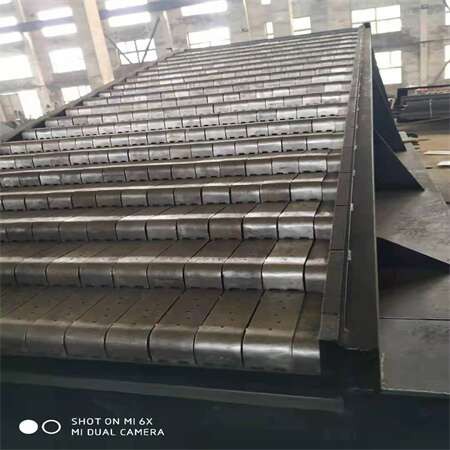
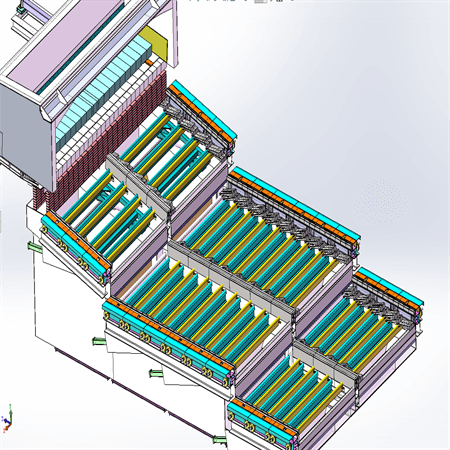
Grate advantages:
High efficiency stable combustion:
The garbage is fully burned, the thermal ignition reduction rate is low,Equipment performance: The grate has good wear resistance, high temperature resistance and corrosion resistance, low damage rate, low replacement frequency and low maintenance cost.The pores and gaps are matched with air inlet, and the overall air inlet effect is more uniform, which is conducive to uniform combustion and stable combustion.
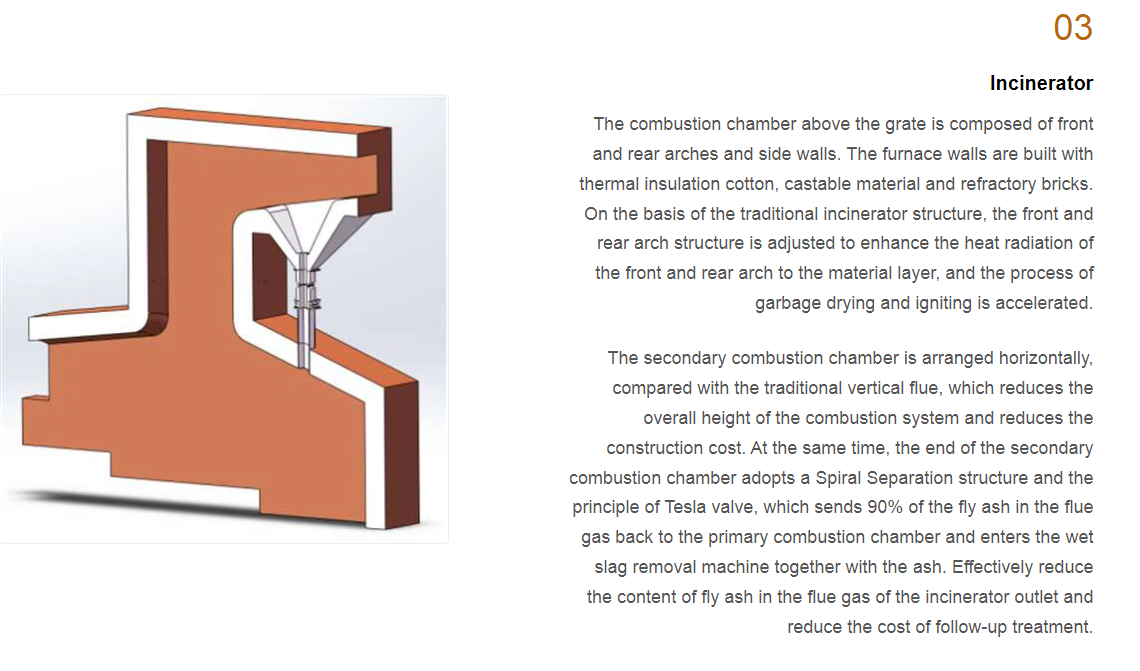
Solid waste incinerator process flow
Following the garbage in the furnace, the three sections: burning, drying and burning out are carried out with certain temperature and pressure. Following the trash into the furnace, the three sections are: burning, drying and burning off, under a pressure and temperature.
The ash from the combustion of garbage is pumped into the wet-slagging machine via the slagging bucket, and the remainder goes to the slag pit. The horizontal conveyor for ash leakage is attached under the air-chamber, and small amounts of slag and ash under the grates are then sent to the machine that removes wet slag.
The combustion flue gas enters through the throat into the second combustion chamber. Secondary air is then added in the throat for the purpose of adjusting the furnace's temperature, ensuring complete combustion, and controlling the production of nitrogen dioxides.
It is possible to choose between hot water, steam, or electricity production according to project size and cost benefits. Deacidification of the flue gas is done after it has been cooled by heat transfer.
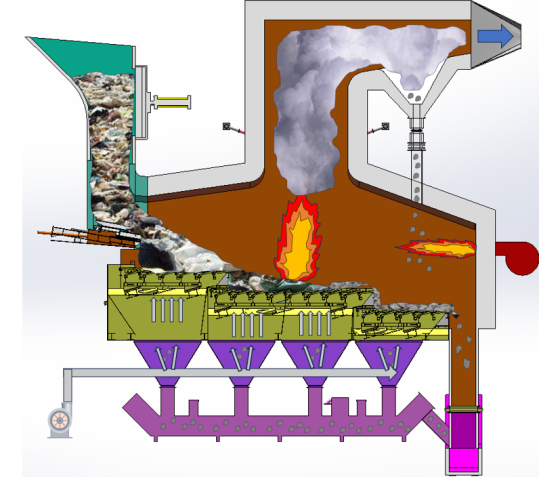
Process charateristics
- Easy installation, simple structure;
- Automate all equipment; reduce the workload of furnace personnel
- Construction costs are low and the total height of buildings is small.
- Secondary combustion chambers adopt a spiral dust-removal structure with a Tesla valve in order to reduce fly ash contents, lower the cost of dust removal, and increase the life expectancy.
- Heat burn is reduced by less than 5 %.
- Emissions of pollutants meet standard.
- Turn-key turnkey WTE and customized complete proposals.
Waste to energy project display
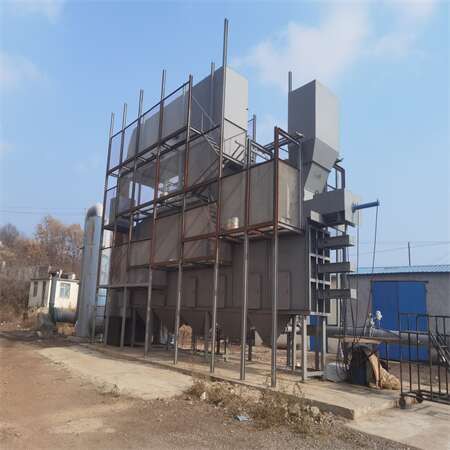
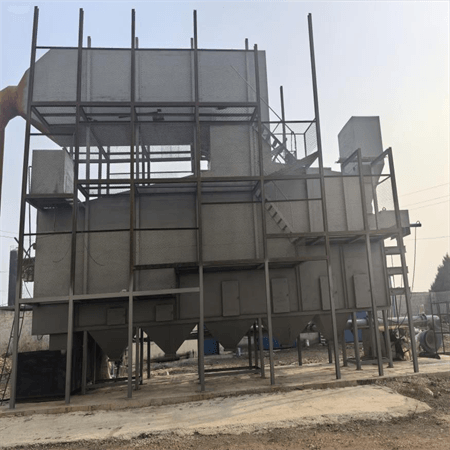
garbage incinerator 50 tons/d
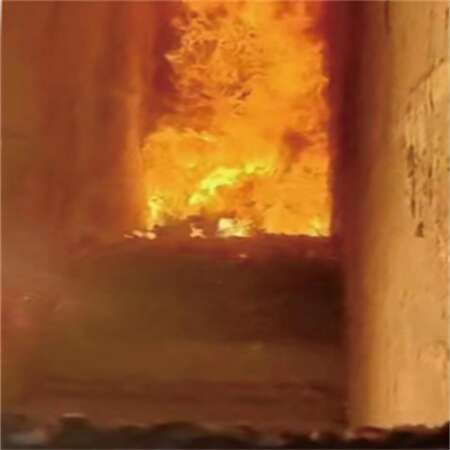
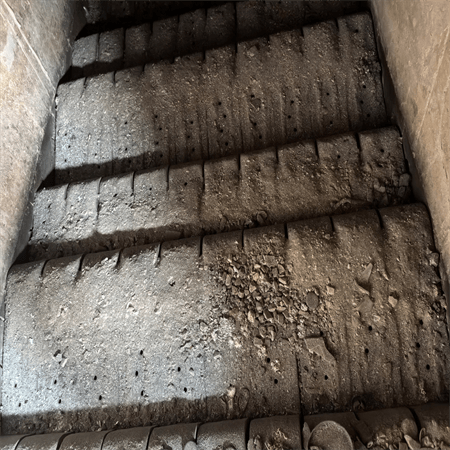
Benefite of Waste Management
MSW incinerator can produce steam, hot water and electricity generation, sustainable Power from Small-Scale Waste Incineration.
Application:Township, cities and towns, government, power plant.





